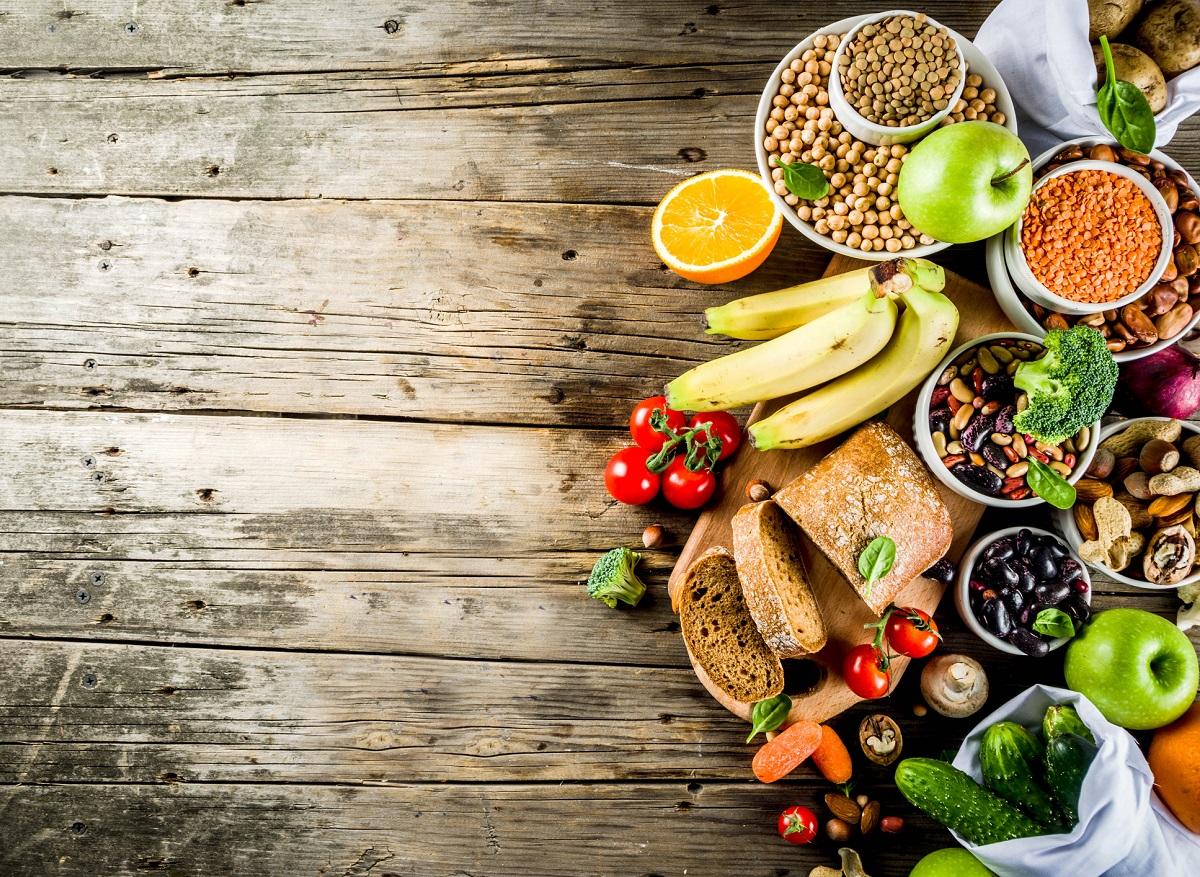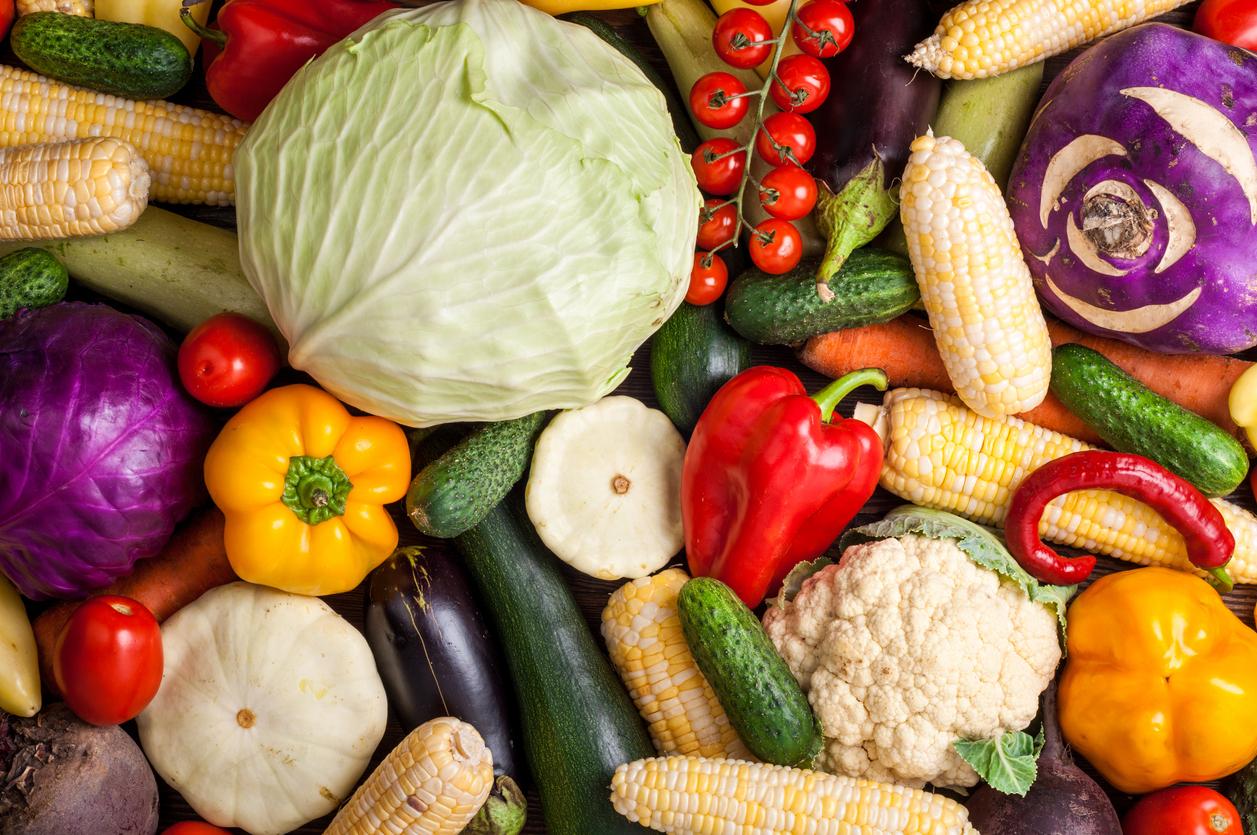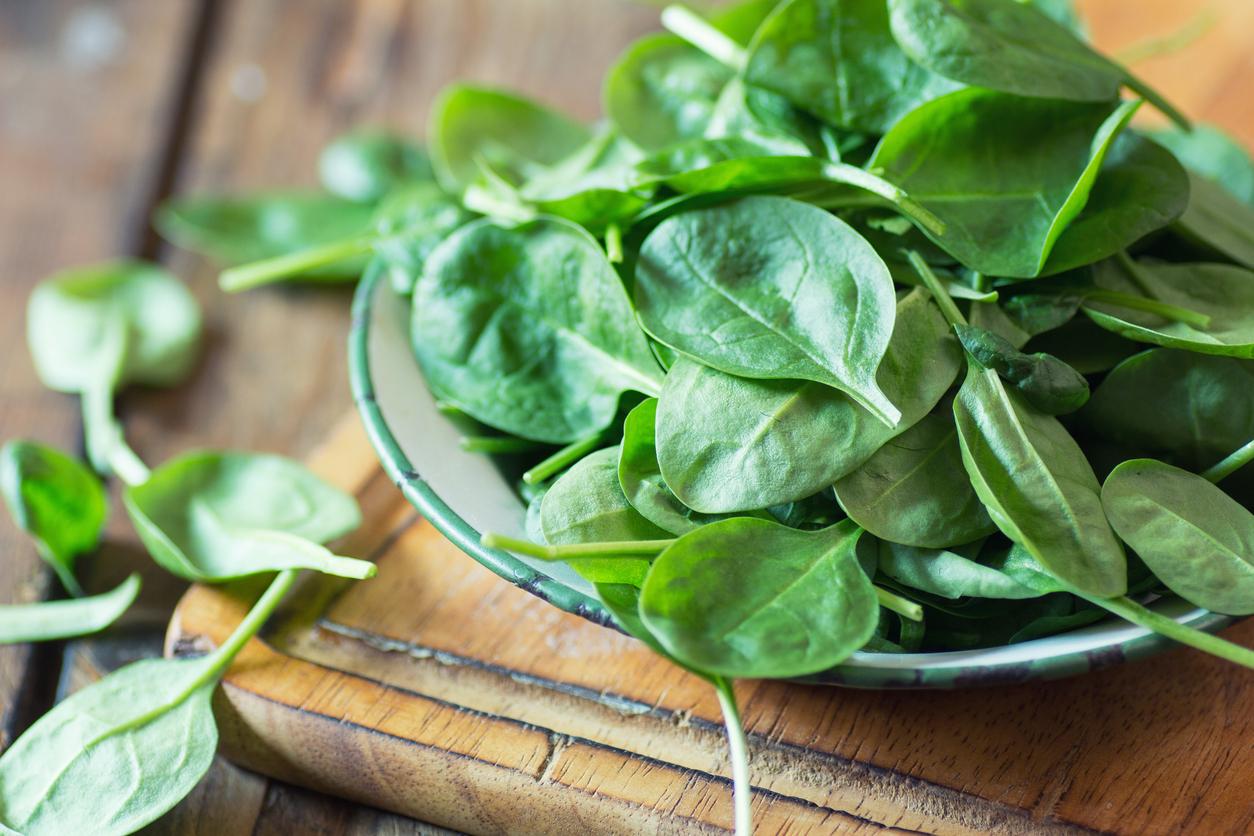While it’s important to eat fruits and vegetables every day, their color could also be a great indicator of your health. While it may be tempting to eat the same vegetables every day, varying the colors can actually be a real plus. Red, blue or green… Each color has its own meaning and virtues. “Overall, each plant pigment corresponds to specific protective properties”said the magazine 60 Million consumers in a special issue in 2018.
Where does the color of fruits and vegetables come from? Plants contain different antioxidant natural pigments, called phytonutrients, which give them their color. They are produced during photosynthesis, the process by which plants synthesize organic matter using light and carbon dioxide from the air. And the darker the food, the more antioxidants it will be.
The benefits of antioxidants
Contained in fruits and vegetables, these antioxidants will play several roles for the body, in particular the protection of our cells against oxidative stress caused by external aggressions such as pollution, tobacco, the sun or even viruses. They also make it possible in particular to reduce cholesterol and regulate blood pressure and have antiviral, anti-allergic and anti-inflammatory properties.
How much fruit and vegetables to eat per day? If the indication “eat five fruits and vegetables a day” is as well known as it is vague, each meal should ideally contain a portion of vegetables and a portion of fruit, either 300 to 400 grams and fresh vegetables and 2 or 3 fruitsvaried if possible and even better if they are in season





















